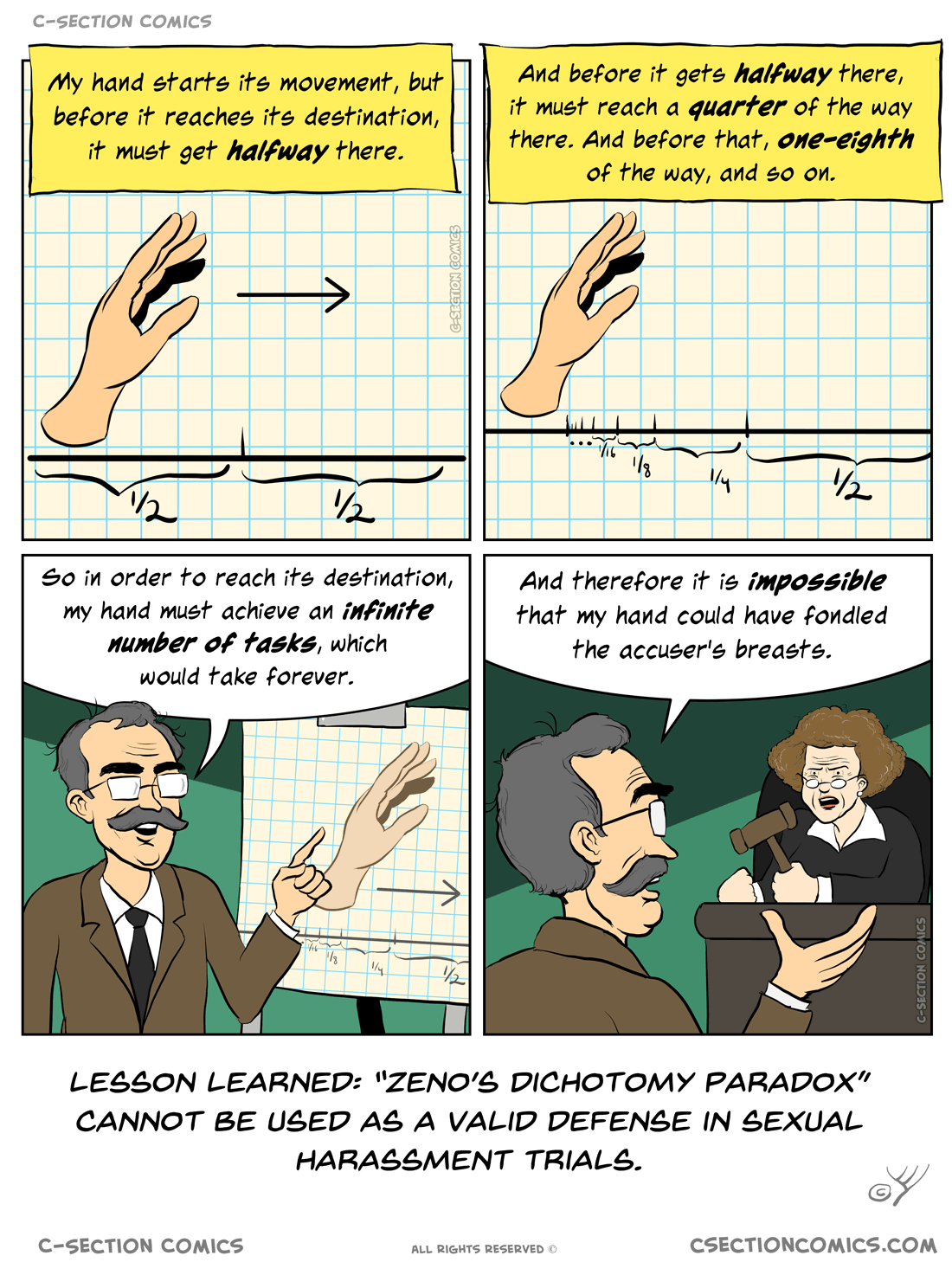this post was submitted on 05 Apr 2024
511 points (96.5% liked)
Comic Strips
18697 readers
1890 users here now
Comic Strips is a community for those who love comic stories.
The rules are simple:
- The post can be a single image, an image gallery, or a link to a specific comic hosted on another site (the author's website, for instance).
- The comic must be a complete story.
- If it is an external link, it must be to a specific story, not to the root of the site.
- You may post comics from others or your own.
- If you are posting a comic of your own, a maximum of one per week is allowed (I know, your comics are great, but this rule helps avoid spam).
- The comic can be in any language, but if it's not in English, OP must include an English translation in the post's 'body' field (note: you don't need to select a specific language when posting a comic).
- Politeness.
- AI-generated comics aren't allowed.
- Adult content is not allowed. This community aims to be fun for people of all ages.
Web of links
- !linuxmemes@lemmy.world: "I use Arch btw"
- !memes@lemmy.world: memes (you don't say!)
founded 2 years ago
MODERATORS
you are viewing a single comment's thread
view the rest of the comments
view the rest of the comments

I think this idea works, and it's consistent with the way the 'paradox' was presented. I just need to point out that movements aren't performed in steps, the intermediate positions are also continuous, so there are undoubtedly infinite positions to map with undoubtedly infinite instants. To me, that's the "true" solution.
As I see it, the only reason the paradox presents halving steps is because it's the easiest way to demonstrate that there are infinitely many steps. It doesn't bother to show that there's uncountably infinite steps because countable is sufficient.
But as I said, your proof (or disproof?) works for the argument as it was presented, so it's good!
I much prefer the physics approach: disproof by experiment! "Look at my gavel. According to your theory, it has infinitely many steps to go through before it reaches the pad, so it can never hit the pad." *bang* "Motion denied."
I don't think Planck length is a "minimum distance step" the way you imply it is. IIRC it's a theoretical minimum uncertainty range, or something like that. But honestly I'm not really in the know about this whole subfield so I could be wrong.
But if we take this as fact - there exists a minimum distance step - then that means there can only ever be finitely many intermediate steps and the paradox is resolved.
Well now you're just making shit up :P